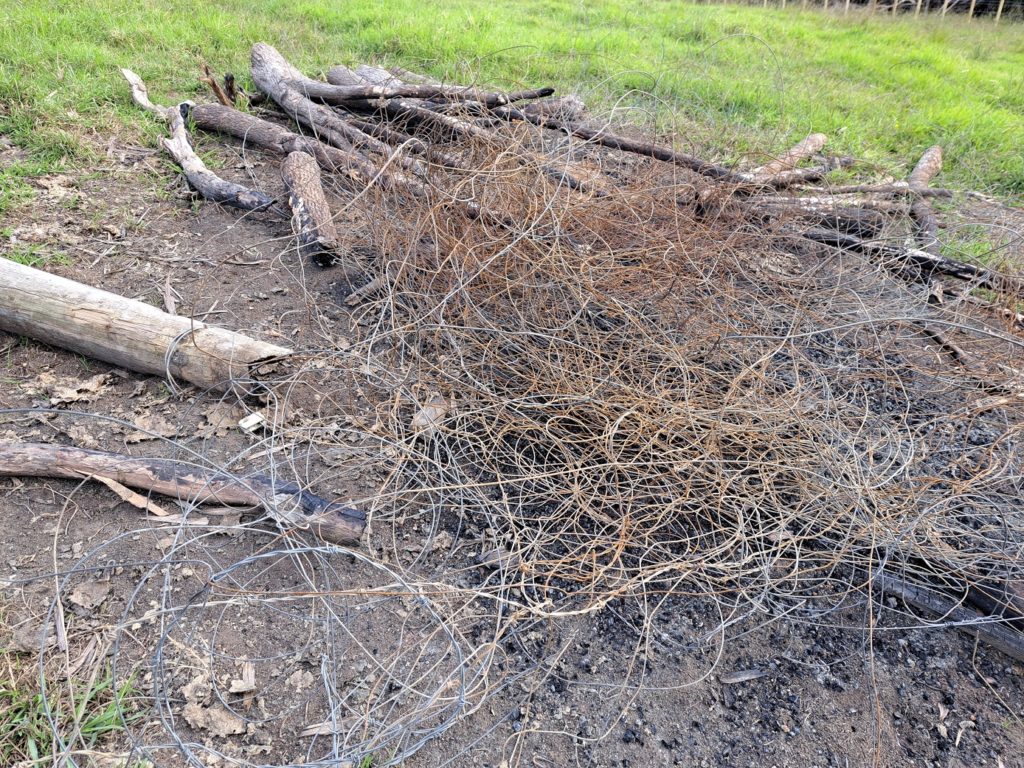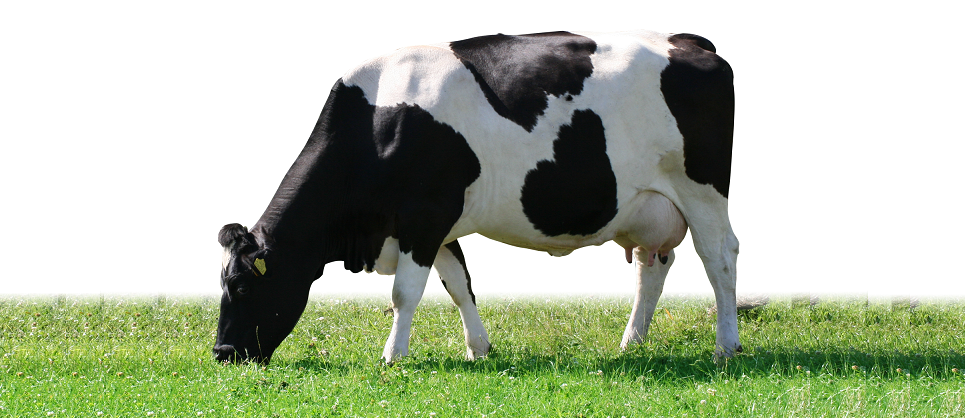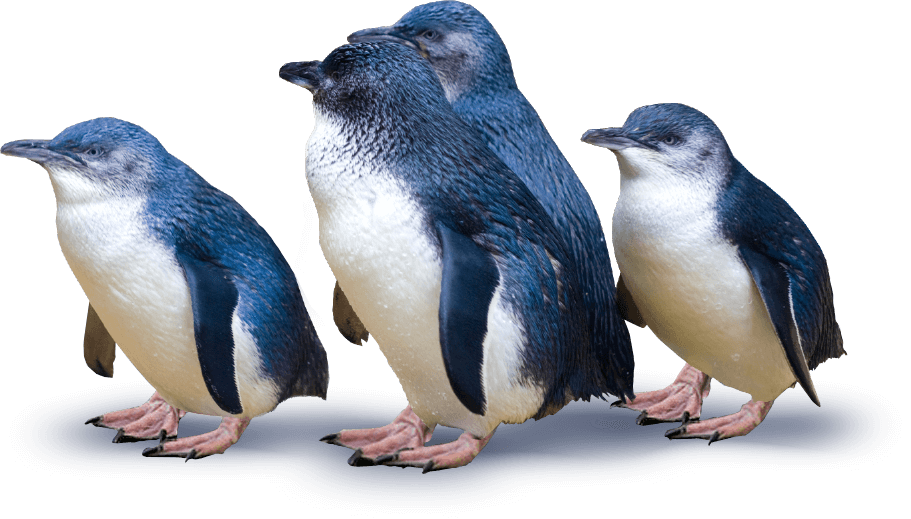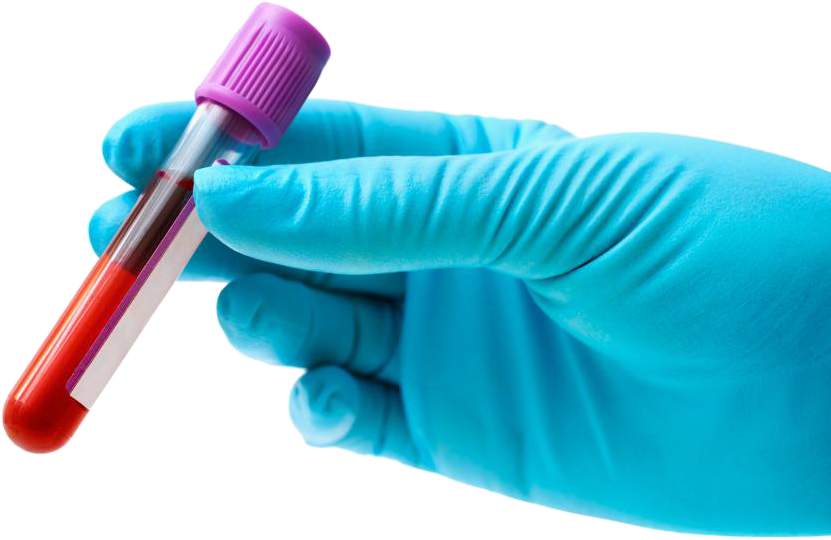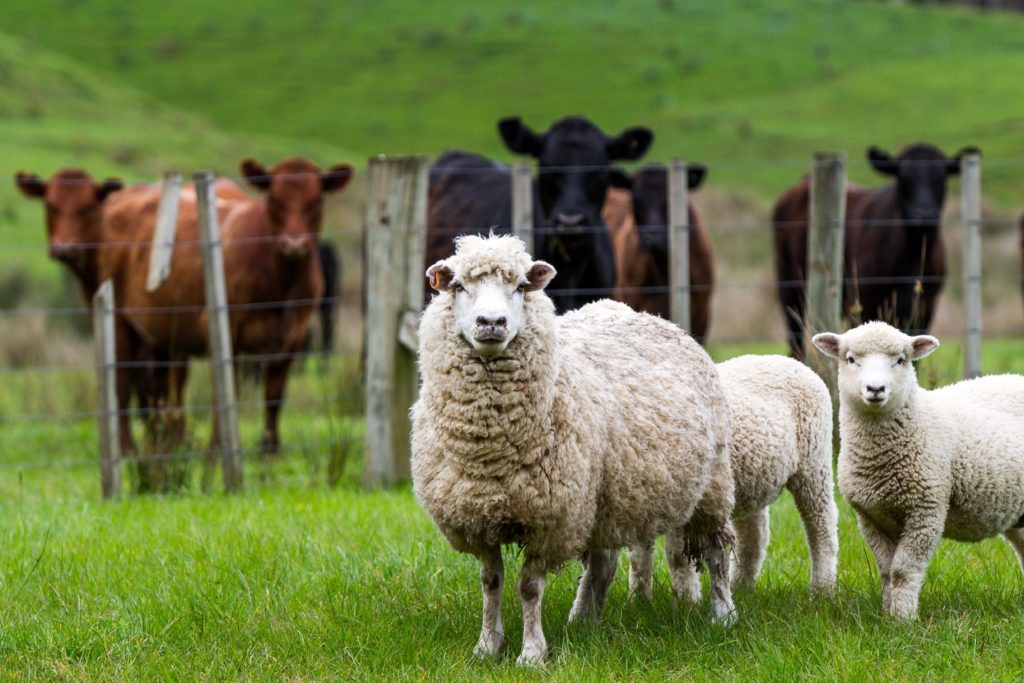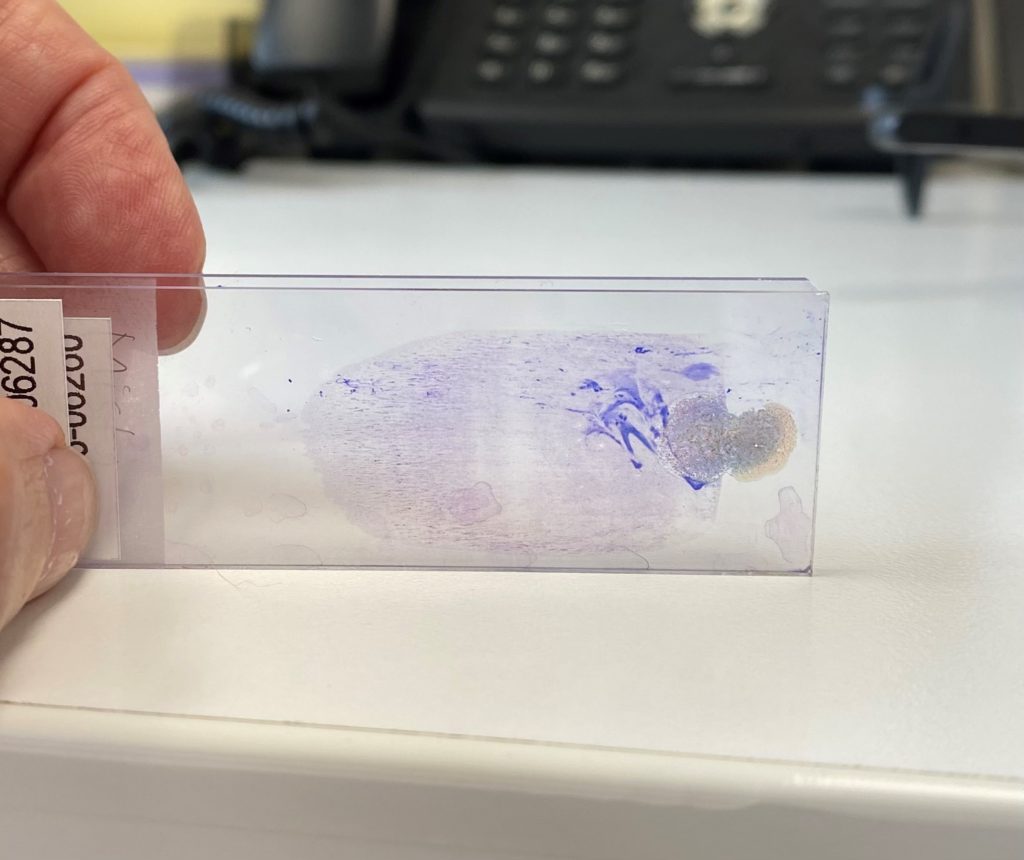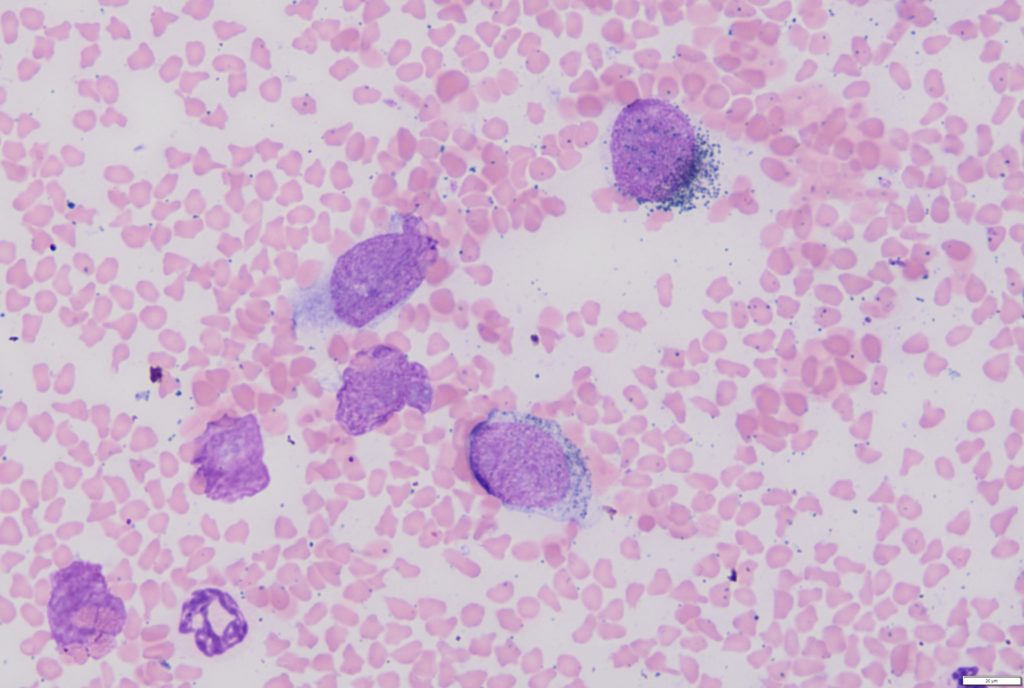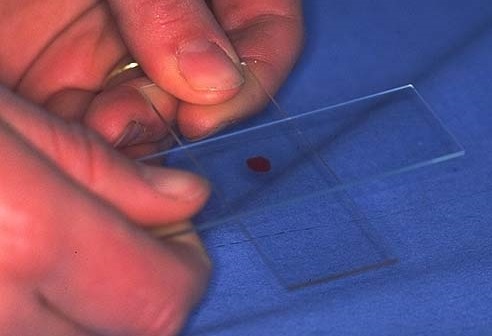Bonfires and calves
MICHAEL HARDCASTLEClinical historyThree Hereford weaners showed signs of staggering, hypermetria or recumbency and two died; one recovered with supportive care. There was possible access to cholecalciferol or cyanide, but the clinical signs were not considered consistent with those intoxications. The weaner mob had been kept in a paddock where rubbish had recently been burned.Laboratory findingsSerum […]

